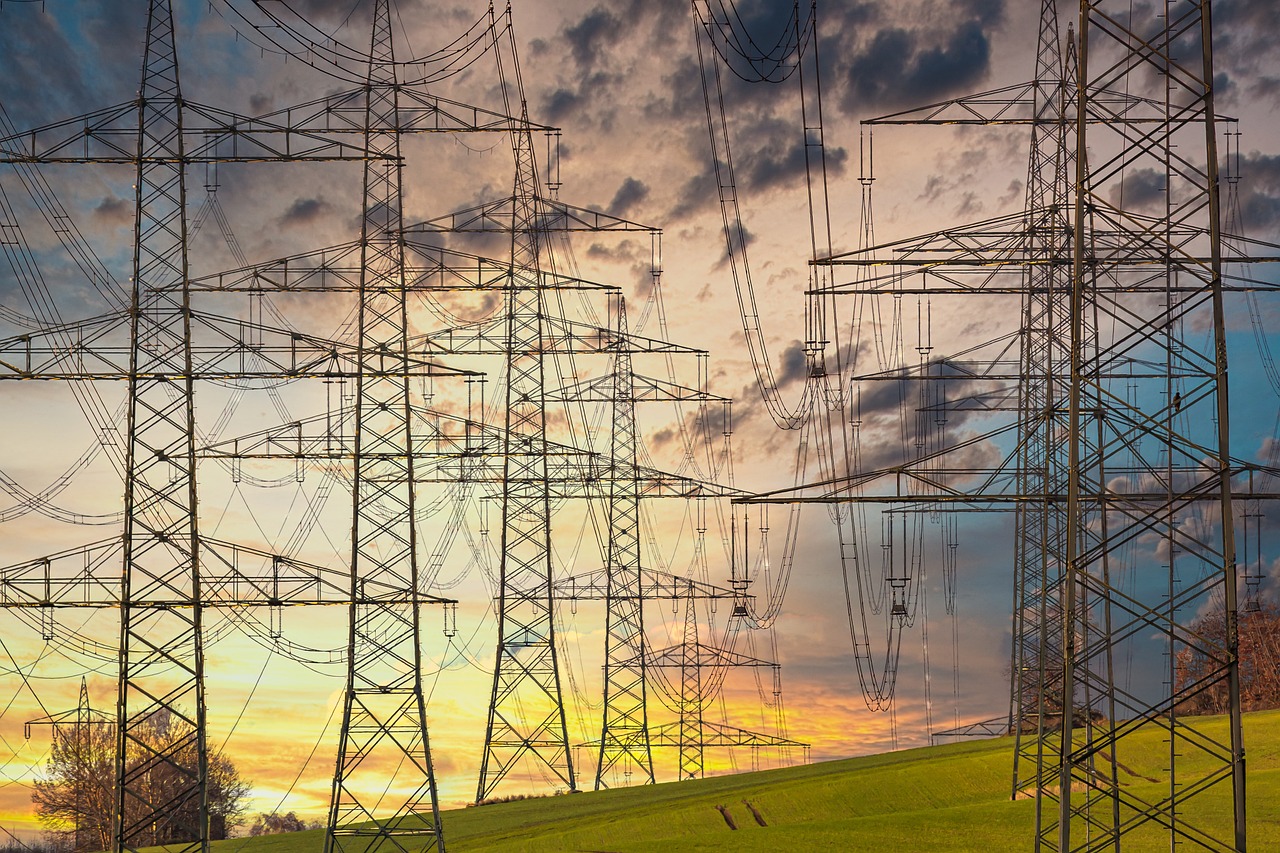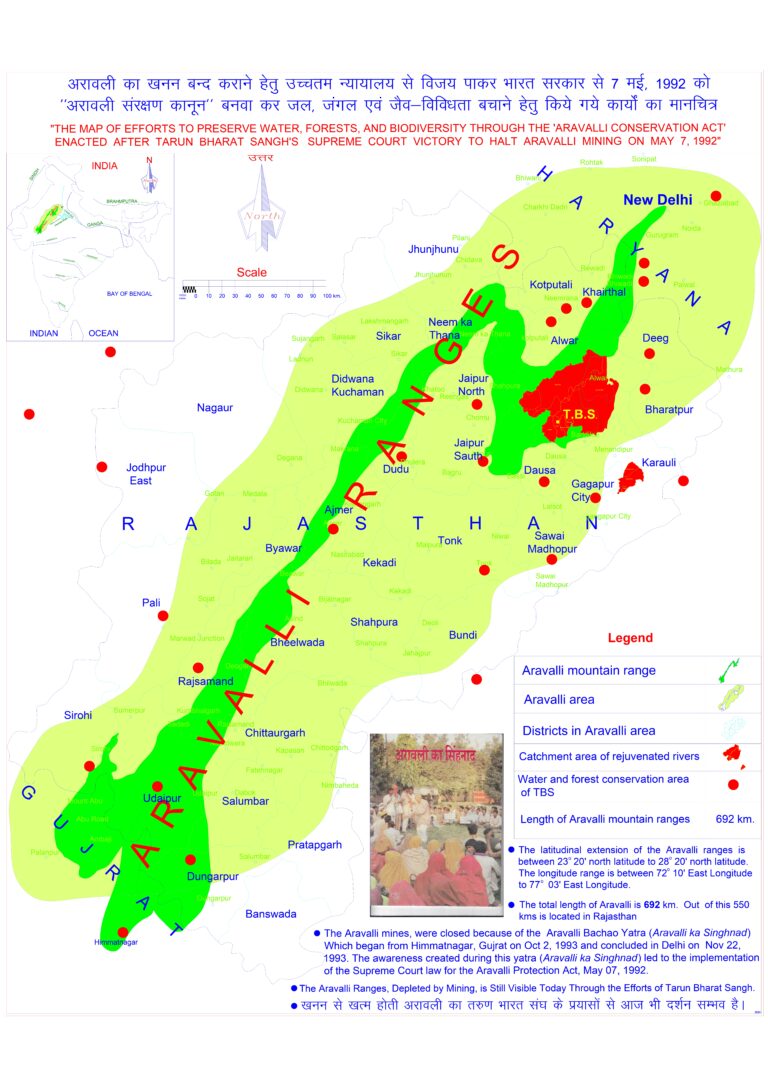
New Delhi: The Union Ministry of Power has asked states and union territories (UT) to ensure meeting growing electricity demand in the country. The Ministry sent a detailed letter to all states and union territories for adherence to “Resource Adequacy Guidelines”, to ensure adequate growth in the nation’s power capacity in line with the rapidly growing electricity demand.
In this regard, on June 28, 2023, the Indian government issued “Resource Adequacy Guidelines” under Rule 16 of the Electricity (Amendment) Rules, 2022.
While the Central Electricity Authority (CEA) is preparing a National-Level Resource Adequacy Plan up to the year 2033-34, all states and UTs are required to complete Resource Adequacy Plans for the period starting 2024-25 to 2033-34.
As per the Resource Adequacy (RA) Guidelines, to meet their peak and energy requirements, the distribution licensees must prepare an RA Plan for a 10-year horizon (on a rolling basis). All states and UTs must complete their Resource Adequacy Plans for the period starting 2024-25 to 2033-34 per the rules as mentioned above and guidelines.
As of date “Resource Adequacy (RA) Studies” up to the year 2031-32 have been completed by the Central Electricity Authority (CEA), for 23 States/UTs, while the RA studies are in progress for the rest of the states and UTs, namely for Delhi, Goa, Sikkim, Haryana, Bihar, West Bengal, Chandigarh, Puducherry and Jammu & Kashmir.
However, the distribution licensees must now submit to CEA the data up to the year 2033-34, for carrying out national-level RA studies. Accordingly, a detailed letter dated 2nd February 2024 has been sent to the states and UTs, for adherence to “Resource Adequacy Guidelines”.
The power consumption has surged in the country, with the peak power demand rising by more than 79%, from 136 GW in 2014 to 243 GW today. Correspondingly, the generation capacity has also expanded, rising from 248.5 GW in March 2014 to 428.3 GW in December 2023, a 72.4% increase. Additionally, the nation has installed adequate inter-regional transmission infrastructure to move 117 GW of power across the nation.
“To cater to the rapidly growing demand, it is imperative that the country’s generation capacity also develops at an accelerated rate,” the Ministry stated. It referred to Rule 10 of the Electricity (Rights of Consumers) Rules, 2020, which states that distribution licensees must provide power to all customers round-the-clock, except for a few consumer categories for which the State Electricity Regulatory Commission has set lower supply hours.
As a result, it is required that all distribution licensees tie up enough capacity for a round-the-clock power supply, the Ministry stated today.





